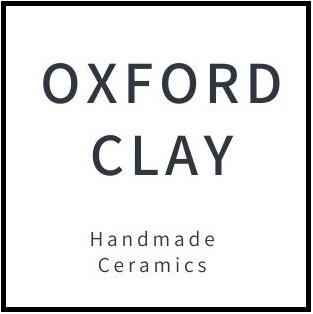Can Clay be Recycled?
The answer is both yes… and also no. Clay is infinitely recyclable - but only before it is fired.
Clay is a natural substance made by the weathering of igneous and metamorphic rocks over millions of years (1) It can be found almost anywhere in the world.
Wet and dry clay never degrades, so potters can recycle it infinitely. Turning dry clay back into a usable state is known as ‘reclaiming’. However, if clay is heated to high temperatures water is released from molecules and its chemical composition is irreversibly changed (2). After firing, clay cannot, therefore, be turned back into a usable state.
Essentially, clay is infinitely recyclable - but only before it is fired.
How is clay recycled?
Potters can only really use clay up until the point it is leather hard. Beyond this, clay is too dry to craft and needs to be returned to a wetter state. Potters do this by collecting scrap pieces of clay and reconstituting them back into usable clay again in a process known as ‘reclaiming’.
How potters recycle (reclaim) their clay
Step 1
Clay scraps are first dried. This makes reconstituting them to an even consistency easier.
Step 2
Water is then added to the scraps and the clay is left to absorb the water. This process is known as ‘slaking down’.
Step 3
Once the clay has evenly absorbed all of the water it is mixed, before being scooped out onto a surface to dry. Some potters use a slab of Plaster of Paris to dry their clay on because it absorbs water from the clay and increases the speed at which it dries out. However, other potters just use a wooden board or table. Drying the clay out can take several days.
Step 4
Once the clay has sufficiently dried out it can be kneaded or as potters call it, ‘wedged’ into usable clay again.
Step 5
The clay is then stored in an airtight container to prevent it from drying out.
Further Reading
If you’d like more ideas on making a pottery practice more eco-conscious, Oxford Clay have produced two ebooks:
References
Atkin, J. 2009, 250 Tips Techniques and Trade Secrets for Potters, London, Bloomsbury Publishing.
Húlan, T. et al, 2019, Development of Young's modulus of natural illitic clay during the heating and cooling stages of firing, Clay Minerals. Cambridge University Press, 54(3), pp. 229–233.


